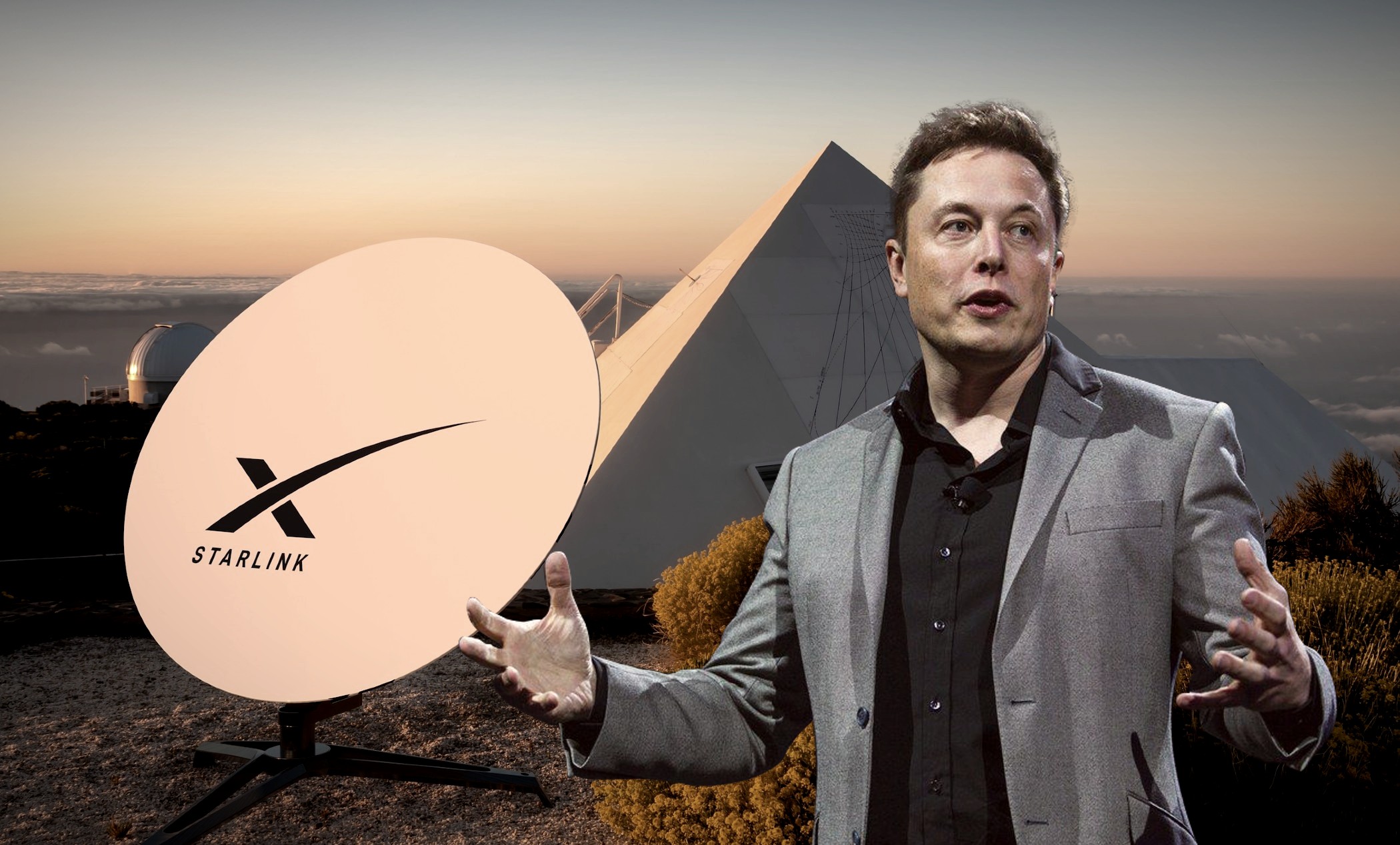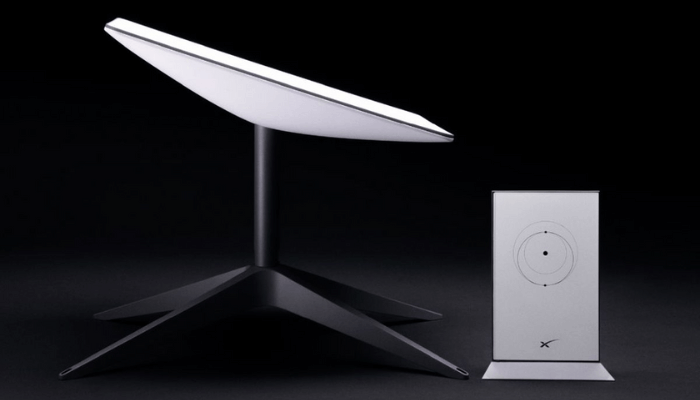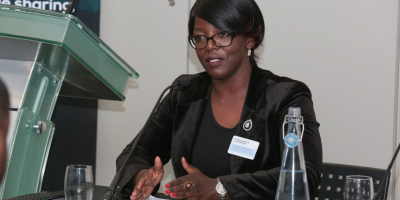
Elon Musk’s SpaceX satellite internet service, Starlink, is fast losing traction in Kenya, which is considered a vital African growth area for the tech business.
- Starlink’s satellite internet service is losing traction in Kenya due to high costs and limited performance.
- Kenyan consumers are turning back to local ISPs offering faster speeds, better prices, and improved customer care.
- Starlink lost over 10% of its subscribers in early 2025 despite an increasing internet market in the region.
After a period of euphoria following its introduction, current trends reveal that Kenyan consumers are gradually disconnecting from Starlink and reverting to local internet service providers (ISPs) that now provide faster speeds, lower prices, and better customer care.
Starlink’s initial appeal hinged on its fast and reliable services, but this has not entirely been the reality of subscribers in the East African country, given that it costs a lot for average Kenyans to access its touted high speeds.
“Starlink’s high costs and slow speeds have deterred many users,” said Chris Orwa, a Nairobi-based data analyst and former subscriber.
DON’T MISS THIS: List of African countries where Starlink is operational in 2024
According to a recent report from Kenya’s Communications Authority, Starlink lost more than 10% of its members in the first quarter of 2025.
During that period, the company’s subscriber base decreased by over 2,000.
This reduction occurred despite Kenya’s fixed internet market growing by 8%, indicating that although demand for internet is increasing, Starlink is losing ground to competitors.
As seen in a report by Bloomberg, Orwa signed up for the service during a time when local providers were suffering outages, but she soon found the experience disappointing.
Why Starlink in Kenya is struggling
Despite claimed speeds ranging from 25 to 220 Mbps, Ookla detected a median download speed of just 47 Mbps for Starlink in Kenya as of May.
Orwa’s connection dropped to 10 Mbps at one point, but he still paid roughly 15,000 shillings per month for service improvements and maintenance, more than three times what many local carriers charge.
Pricing is another issue. Starlink advertises a 4,000 shilling ($31) per month plan with a hardware cost of 27,000 shillings, but this plan has limits.

DON’T MISS THIS: How Kenya’s Safaricom and Elon Musk’s Starlink continue to lock horns
The standard residential package, which includes prioritized data delivery, can cost up to 6,500 shillings per month, while the hardware costs nearly double.
Users like Orwa have reported being obliged to upgrade to more costly bands whenever network capacity in their region is full, thus increasing fees.
The problem was exacerbated in late 2024, when Starlink briefly suspended new urban signups owing to network congestion, notably in Nairobi and other heavily populated locations.
This is a far cry from a month prior, when a report revealed that Kenyans were rapidly adopting Elon Musk’s satellite internet constellation, Starlink.
The report revealed that satellite data subscriptions increased by 1,955.3 in the 2023/2024 fiscal year.
Although signups restarted in June 2025, the hiatus allowed competitors to respond. “Other internet service providers have made interventions to make their services more appealing,” said Moses Kemibaro, a Kenyan technology analyst and Starlink early adopter.
These solutions include providing more bandwidth at a reduced cost and improving customer service, which Starlink has struggled with in the region.
Additionally, Starlink users continue to complain about poor customer service.
With no physical presence in Kenya, users must rely only on online help.
Orwa had a disappointing experience in which his hardware problem remained addressed despite registering a complaint in October 2024. “Starlink’s online support was not enough,” he complained.
As competition heats up and local ISPs become more responsive and economical, Starlink’s early lead in Kenya looks to be eroding.












